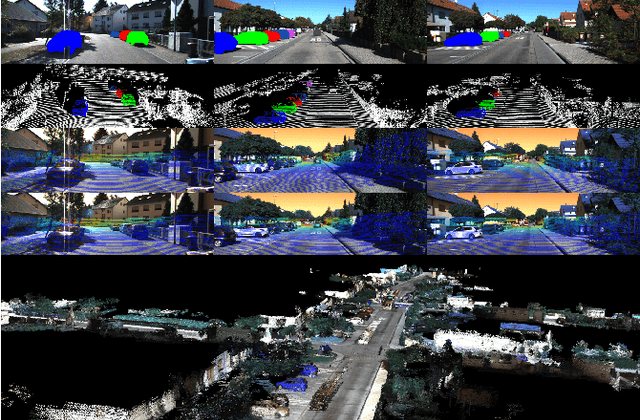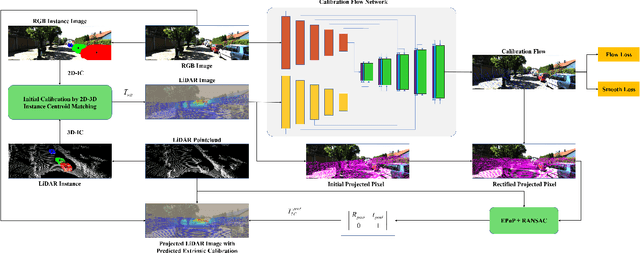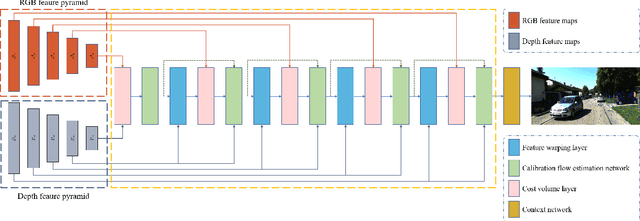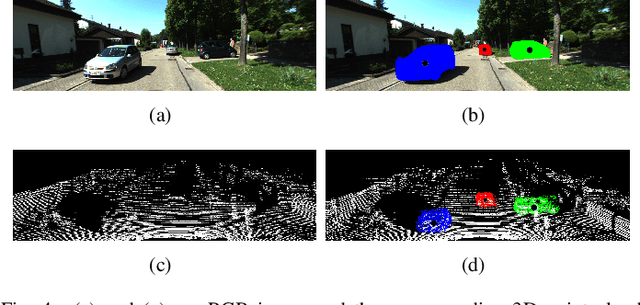Ziwen Dou
Deep Neighbor Layer Aggregation for Lightweight Self-Supervised Monocular Depth Estimation
Sep 17, 2023Abstract:With the frequent use of self-supervised monocular depth estimation in robotics and autonomous driving, the model's efficiency is becoming increasingly important. Most current approaches apply much larger and more complex networks to improve the precision of depth estimation. Some researchers incorporated Transformer into self-supervised monocular depth estimation to achieve better performance. However, this method leads to high parameters and high computation. We present a fully convolutional depth estimation network using contextual feature fusion. Compared to UNet++ and HRNet, we use high-resolution and low-resolution features to reserve information on small targets and fast-moving objects instead of long-range fusion. We further promote depth estimation results employing lightweight channel attention based on convolution in the decoder stage. Our method reduces the parameters without sacrificing accuracy. Experiments on the KITTI benchmark show that our method can get better results than many large models, such as Monodepth2, with only 30 parameters. The source code is available at https://github.com/boyagesmile/DNA-Depth.
CFNet: LiDAR-Camera Registration Using Calibration Flow Network
Apr 24, 2021



Abstract:As an essential procedure of data fusion, LiDAR-camera calibration is critical for autonomous vehicles and robot navigation. Most calibration methods rely on hand-crafted features and require significant amounts of extracted features or specific calibration targets. With the development of deep learning (DL) techniques, some attempts take advantage of convolutional neural networks (CNNs) to regress the 6 degrees of freedom (DOF) extrinsic parameters. Nevertheless, the performance of these DL-based methods is reported to be worse than the non-DL methods. This paper proposed an online LiDAR-camera extrinsic calibration algorithm that combines the DL and the geometry methods. We define a two-channel image named calibration flow to illustrate the deviation from the initial projection to the ground truth. EPnP algorithm within the RANdom SAmple Consensus (RANSAC) scheme is applied to estimate the extrinsic parameters with 2D-3D correspondences constructed by the calibration flow. Experiments on KITTI datasets demonstrate that our proposed method is superior to the state-of-the-art methods. Furthermore, we propose a semantic initialization algorithm with the introduction of instance centroids (ICs). The code will be publicly available at https://github.com/LvXudong-HIT/CFNet.
 Add to Chrome
Add to Chrome Add to Firefox
Add to Firefox Add to Edge
Add to Edge